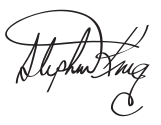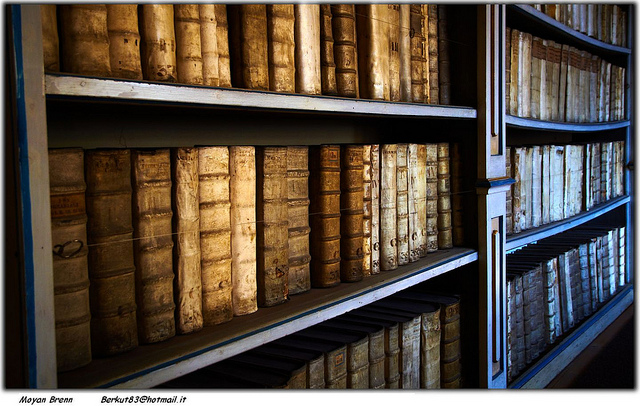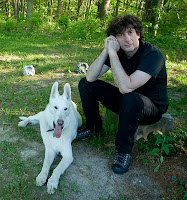As anyone who has successfully published a book will tell you, formatting your MS Word document correctly is the key to a successful, low-stress, experience.
One of the best explanations of how to format your Word document in preparation for publishing is in Zoe Winter's book
Smart Self-Publishing: Becoming An Indie Author, but if you don't have it, this video by Connie Neal has some great tips:
Formatting a Word 2010 Document for KDP.
I agree with Passive Guy's comment on the video:
In the demonstration, Connie applied some styles, then manually centered the text. PG would probably modify the style so it includes a centered text format. Very easy to do.
Rather than using one of Word’s style sets, PG uses a set of styles he has developed for all of Mrs. PG’s books. When he receives a new manuscript, he applies the styles he’s developed to that book. If he wants a different look for the new book, he can modify the styles or add other elements.
He usually begins by formatting the CreateSpace printed copy, always using section breaks instead of page breaks, then uses the result for conversion to ebook formats. It’s not the only way to do it, but it seems to him to be the most efficient.
Another great resource for formatting is Mark Coker's
Smashwords Style Guide. I know, I know, we're talking about formatting your Word document for publishing through Amazon's KDP program, but the basics of formatting are the same regardless of where you're uploading to.
The key, I think, is to "go nuclear" and strip out all formatting from your document and then put it back in, making sure that the only formatting you use in your finished document, the one that's going to be uploaded to Amazon, are paragraph styles. I strip out the formatting by copying the entire text of the manuscript and pasting it into a text file like Notepad (on the PC), copying that text, then opening up a new Word file and pasting the text from Notepad file into it. (Clear as mud?) Sounds like a lot of work, but it's worth it to be sure you've stripped out every last pesky pit of formatting.
Stripping out all formatting will also strip out italics so I've taken to indicating italics in my manuscripts by putting "_" on the left side of a word. For instance, "She _loved chocolate" equals "She
loved chocolate". Then I just do a global search and italicize all words that have an underscore as their first character. After that I remove all underscores and there you have it. (This article,
Find and Replace Using Wildcards, is terrific)
I imagine there's a far more simple and elegant way of doing the same thing, and if any of you folks have discovered it, please do let me know! :-)
Other articles you might like:
-
Lyla Sinclair's 8 Secrets Of Successful Romance Writing
-
Indie Books: What Price Is Right?
-
Writing Resources










